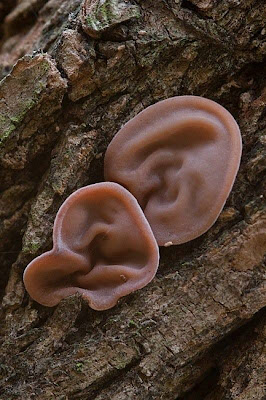Soft drinks are consumed by individuals of all ages, including very young children. Although soft drink consumption is associated with aggression, depression, and suicidal thoughts in adolescents, the relationship had not been evaluated in younger children.
A new study published in The Journal of Pediatrics finds that aggression, attention problems, and withdrawal behavior are all associated with soft drink consumption in young children.
The researchers assessed approximately 3,000 5-year-old children enrolled in the Fragile Families and Child Wellbeing Study in the U.S. Mothers reported their child's soft drink consumption and completed the Child Behavior Checklist based on their child's behavior during the previous two months. The researchers found that 43% of the children consumed at least 1 serving of soft drinks per day, and 4% consumed 4 or more.
In order to evaluate the
relationship between the sugared drinks and behavior problems, the
researchers adjusted for several factors that can influence
behavior, including their mothers’ depression, children’s diets, intimate
partner violence and paternal incarceration. Even after this adjustment, the
scientists found a significant relationship between more soda consumption and
aggressive behaviors that included destroying other people’s belongings,
getting into fights and physically attacking others. Children who drank 4 or
more soft drinks per day also had increased attention problems and withdrawal behavior
compared with those who did not consume soft drinks.
The researchers noted that a child's aggressive behavior score increased
with every increase in soft drinks servings per day. Although this study cannot
identify the exact nature of the association between soft drink consumption and
problem behaviors, limiting or eliminating a child's soft drink consumption may
reduce behavioral problems.





